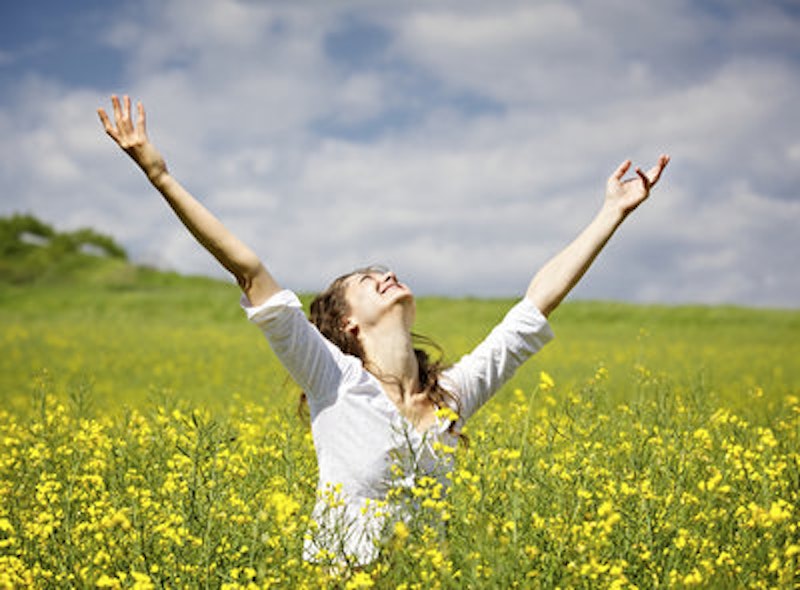I’ve started the habit of keeping a gratitude journal for the blessings in my life. I usually only remember to thank the universe when I’ve been spared from something disastrous, like avoiding an accident or when lab results come out negative.
When we find gratitude for the simplest of gifts, it’s returned to us as grace. The concept works like a loop. The more grateful we are, the better our lives can be, connecting us to the meaning of life and reducing ego.
University of California professor Dr. Robert Emmons conducted eight years of intensive research on gratitude and found that people who view life as a gift have greater emotional well-being and better physical health. They experience less stress, form stronger relationships, make greater progress toward goals and feel more optimistic about life. The fullness of heart we feel with an attitude of gratitude moves us from limitations and fear to expansion and joy. There is real science in cultivating happiness.
There is another uncanny twist to things we desire in our lives but have not yet received.
I’m not a Bible-thumper, but I do keep a passage from the gospel of Mark on my desk, which I believe sums up this law of life. It states, “Therefore I tell you, whatever you ask for in prayer, believe that you have received it, and it will be given to you.”
This philosophy has worked well for me. I say, “thank you” in the present tense for things in my life that have not yet manifested. The key, of course, is to believe. Hope and faith are not the same. People feel they are believing, when in reality they are hoping.
My gratitude journal is nothing new. One of the earliest advocates of a daily gratitude practice was the 17th century Dutch philosopher Baruch Spinoza. He proposed that each day for a month, we ask ourselves the following three questions:
1. Who or what inspired me today?
2. What brought me happiness today?
3. What brought me comfort and deep peace today?
I challenge myself to look deeply at small things that might enhance my day, like a cup of coffee or the bird that was outside my window. In doing this, I bring my attention to the present, where transformation starts.

